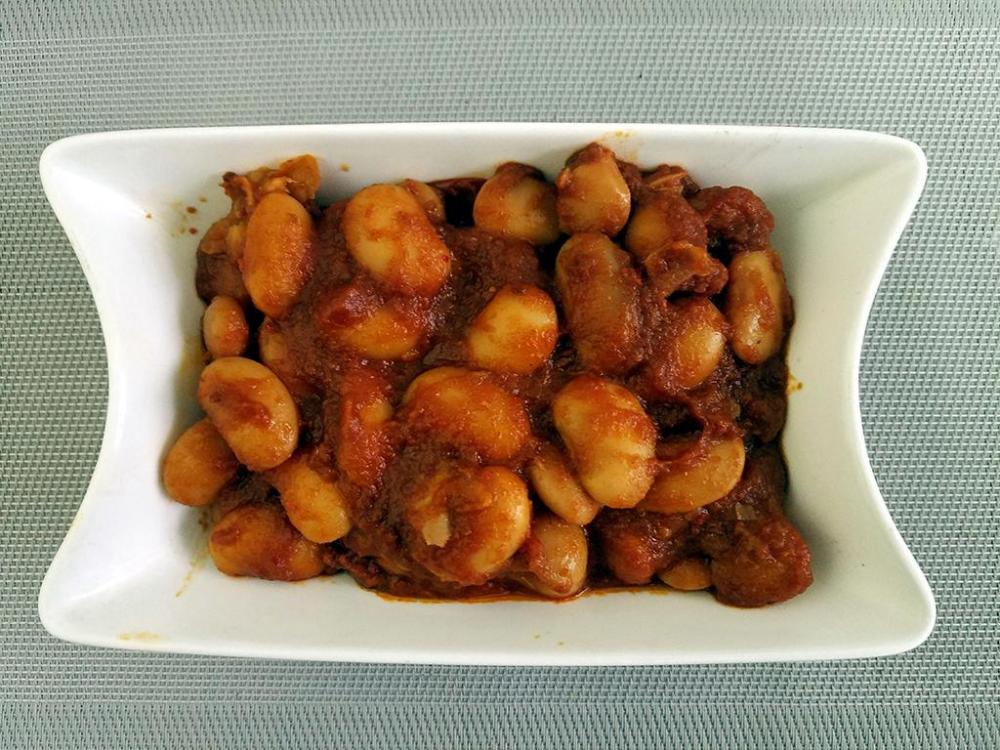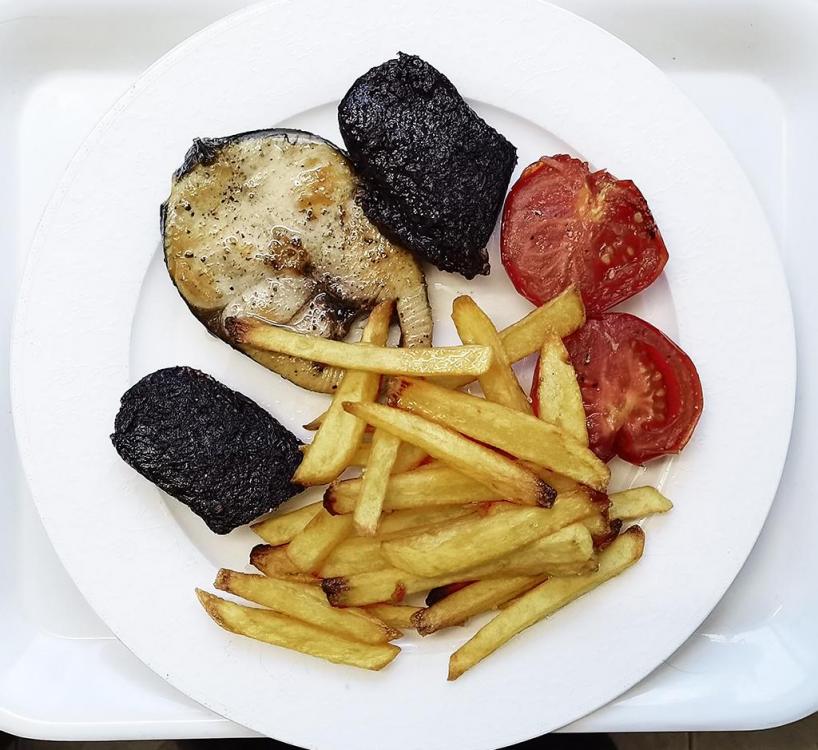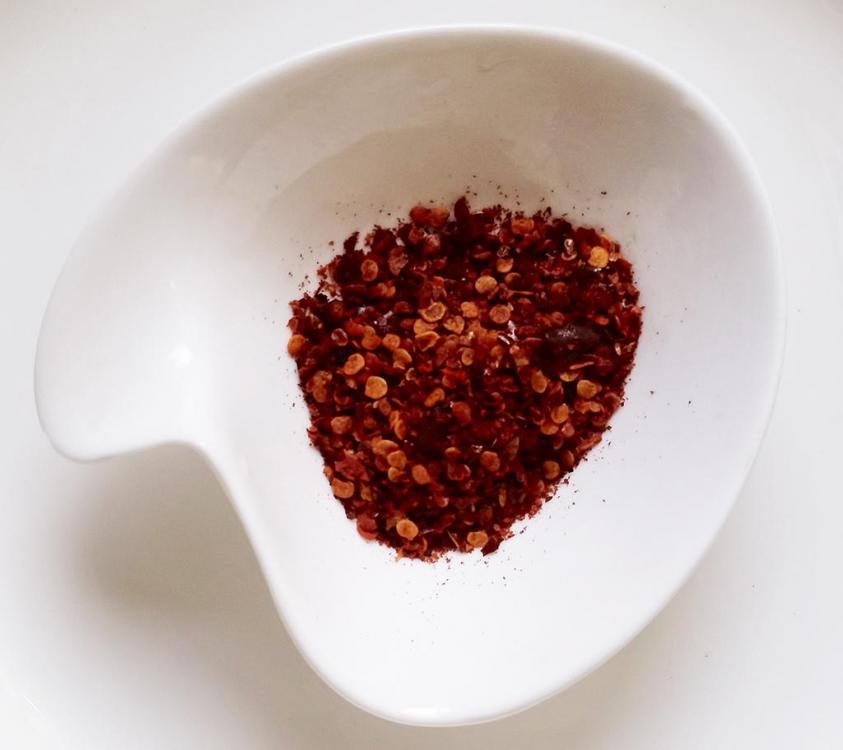-
Posts
16,658 -
Joined
-
Last visited
Content Type
Profiles
Forums
Store
Help Articles
Everything posted by liuzhou
-
Ah. Sorry. I didn't look that far back. My bad.
-
@Kim Shook I'm confused, I think. The fried rice above was mine. Weinoo did a pilaf.
-
This is a dear friend's daughter in a seafood restaurant for the first time for a celebratory Mid-Autumn Festival dinner with her family. She chooses the food from the tanks then examines her selction with obvious delight! She really is a bright spark. Bi-lingual in Chinese and English. Her mother is an English teacher; her father a police officer. She plays piano and paints way beyond her years. And endlessly curious about the world she finds herself in. She isn't 5 years old, yet.
- 58 replies
-
- 16
-

-

-
Fridge clean-up. Goose liver fried rice. The liver was braised in soy sauce. Tonight I used the leftovers. Also included, garlic onion, chilli, coriander leaf/cilantro and, of course, leftover rice from yesterday's lunch.
-
-
-
Yeah. I was surprised, too. Observing them develop over the last few days, it seems they are dormant in daylight, but grow overnight in darkness. Every morning I see a difference.
-
Here are the "log" and a translation of the instructions (supplied by my cell phone translation app).
-
Tending the ganoderma consists of topping up the water in the pot to keep the log of wood fibre in a moist atmosphere. Take about 30 seconds every second day. Initial set up took maybe 5 minutes.
-
Same here Yes, oyster mushrooms leave me cold. The place I got my ganoderma starter kit also has about ten different oyster mushrooms, all in different colours. Pretty but tasteless. I have ordered some 'king oyster 'shrooms' / 'eringii' and some black woodear starter kits. They do also have shimeji as well as shiitake. Haven't seen maitake kits though. To be honest, I'm growing these more for the fun of it, rather than to obtain the results, which it would be less trouble to pick up from the supermarket.
-
As I posted on the Food Funnies topic earlier in the week. This one I have eaten more than once. Although it's mainly used medicinally as a cancer preventative, if not cure*, it is often cooked with chicken (灵芝鸡汤 - líng zhī jī tāng, literally 'ganoderma chicken soup'). * I guess some people know I am very sceptical about Chinese Traditional Medicine (TCM), but western medical research organisations and cancer research charities are taking this one seriously and investigating its properties scientifically.
-
I've set up a ganoderma lucidum farm to the right of my desk. They are beginning to emerge. There are more on the other side.
-
That was a shock to wake up to. It seems like only yesterday he "liked" one of my posts and reposted it on Facebook. Looking back, I see it was on the 8th. The cook-offs have always been inspiring. He will be missed by many people who only 'knew' him online; my thoughts go out to his family and friends. Gone too young.
-
Potatoes are not China's strong point. All I have ever seen are two types: the most common is red-skinned waxy (above) and then occasionally we get a white-skinned waxy (below). Most people don't know there are any other varieties! Chains such as McD's and KFC have their own farms here to get the 'correct' potatoes for their fries. I am unable to suggest any equivalents as I don't know many American varieties. The potatoes we have in the UK are different again. I know what I'd use there - Maris Piper. But I would say any good boiling potato that doesn't turn to mush would work well in this dish. You want a slight bite to the potato.
-
I totally agree. It was not my intention to ridicule. I just thought that it was unusual. My real name is 🥢.
-
Thanks. Not an expression I've come across before.
-
What's a trady -ie, please?
-
I find most soups impossible to photograph attractively. They tend to look like muddy ponds! That is far from the worst I've seen!
-
22. Meat, Rice, then Soup This morning, I had the misfortune to read this appallingly error-ridden article from Atlas Obscura on the interwebs. Among the many downright errors is this. In China, ... rice is served after meat and before the soup? In her deluded dreams. (Who has '8' for a name?) Rice and main dishes are nearly always served together, so no one would find it in the slightest bit odd. The only time food is served the way she describes is at highly formal banquets, but most often not even then. I have been to uncountable banquets in China and never once has soup been served last. Nearly always first, just as in western cuisines. Always early in the parade of dishes. The habit of serving the soup last is traditionally Cantonese, but that only applies to less than 4% of the population and is not universally applied. I won't get into all the other errors here. Grrr!
-
-
I'm putting this here, although it was more brunch. Pan fried mackerel dressed with litsea oil, blood sausage, fried tomato and triple cooked chips. Seconds were had.
-
I have, in the past, dried and ground 朝天椒 (cháo tiān jiāo), "facing heaven peppers" as used in Sichuan cuisine. I still keep a small jar of it handy, but just buy it in the market, where it is easily available. That said, I tend to use them whole and unground much more. This is from the last batch I made.



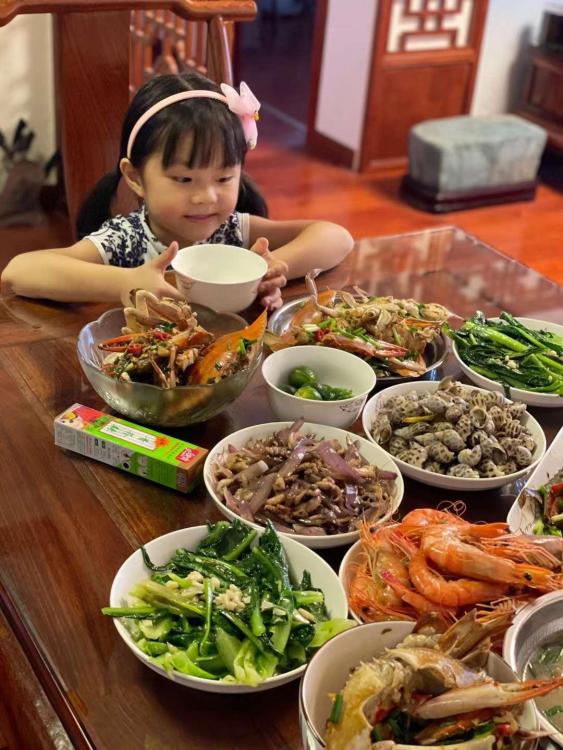





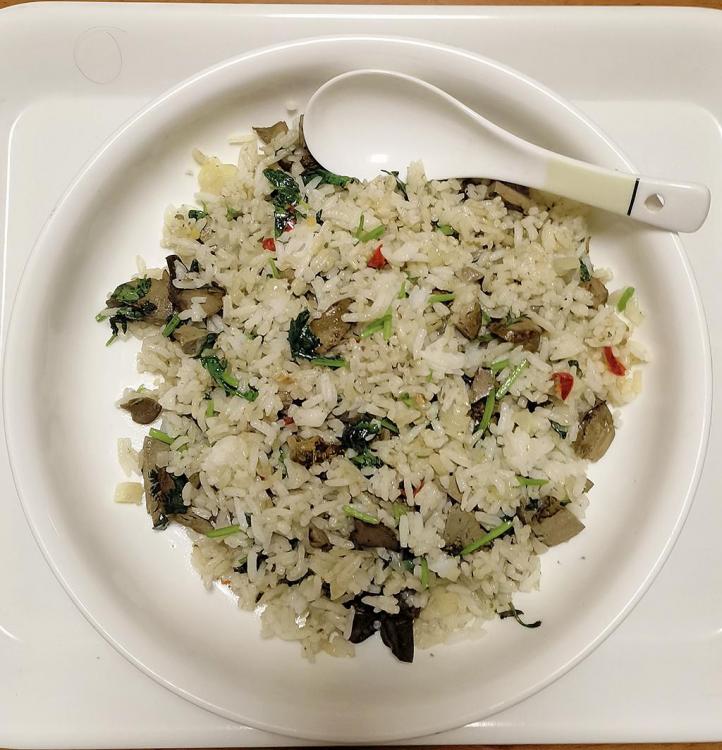
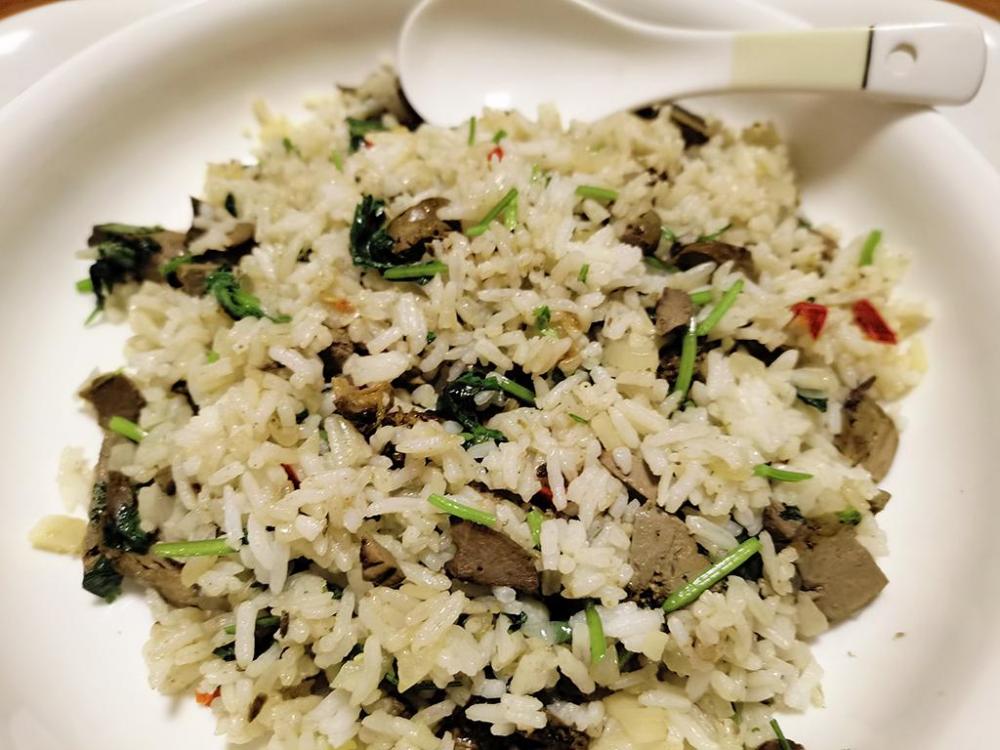
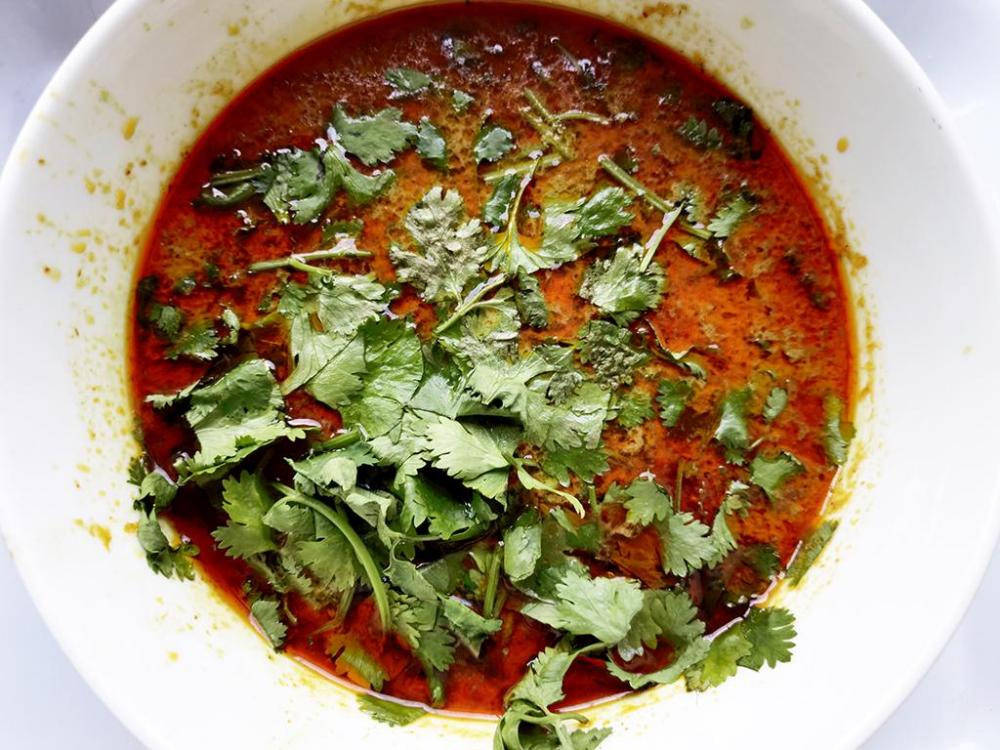
.thumb.jpg.05733320ce4fd3c6ab9a04d2955a06d9.jpg)
.thumb.jpg.1678927069b9946ad7788aedff238261.jpg)
.thumb.jpg.efab3d1bdcd1cba20fafc273807f4f91.jpg)
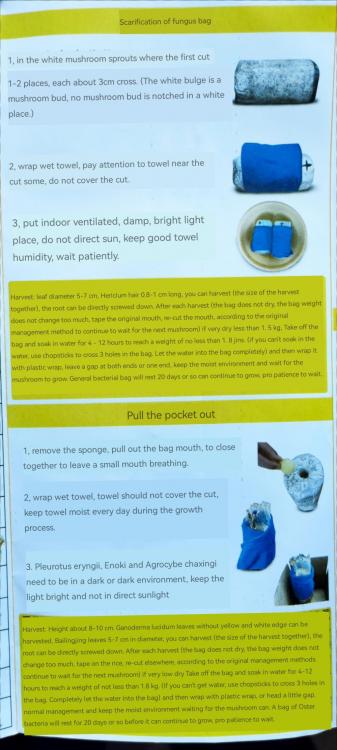
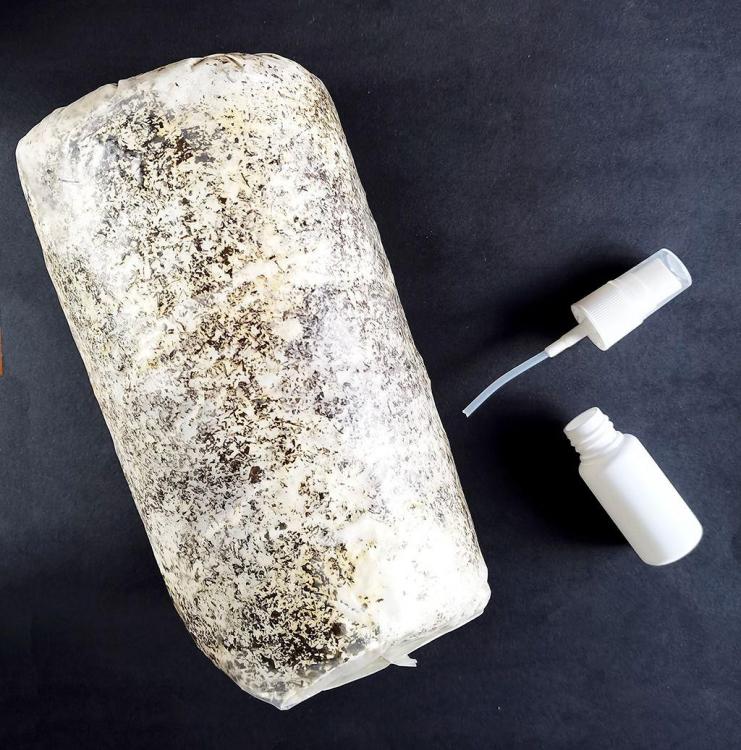

.thumb.jpg.b7b147da4bc9a38ee8829ca1bbc529a6.jpg)
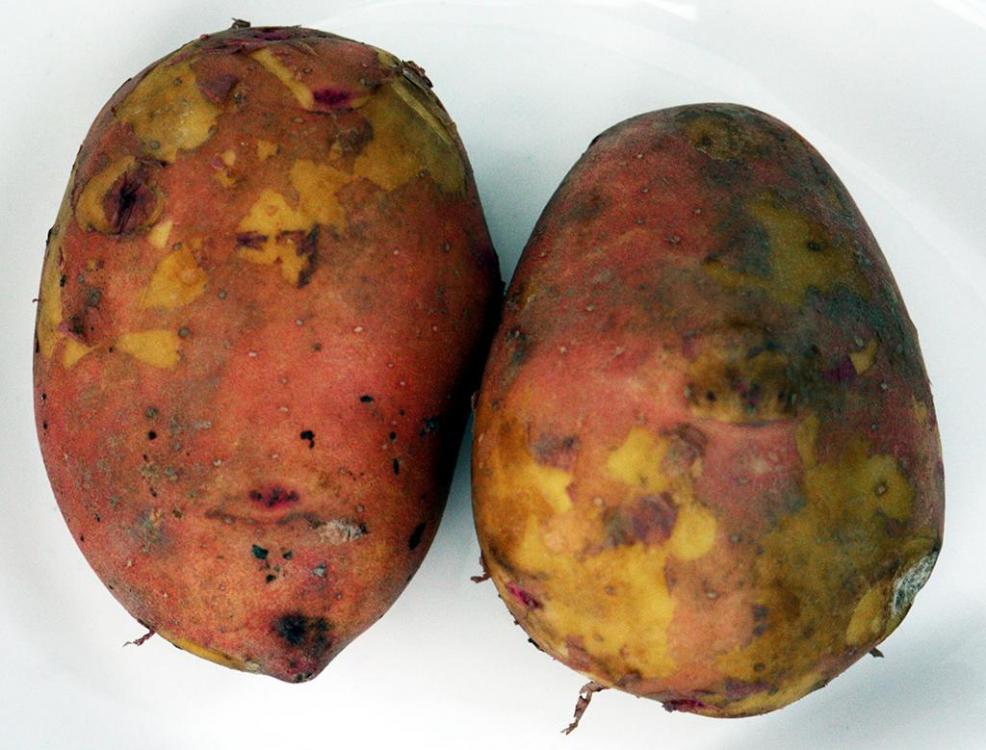
.thumb.jpg.4bf3f14b998a57de1fd4bb8d67913085.jpg)
